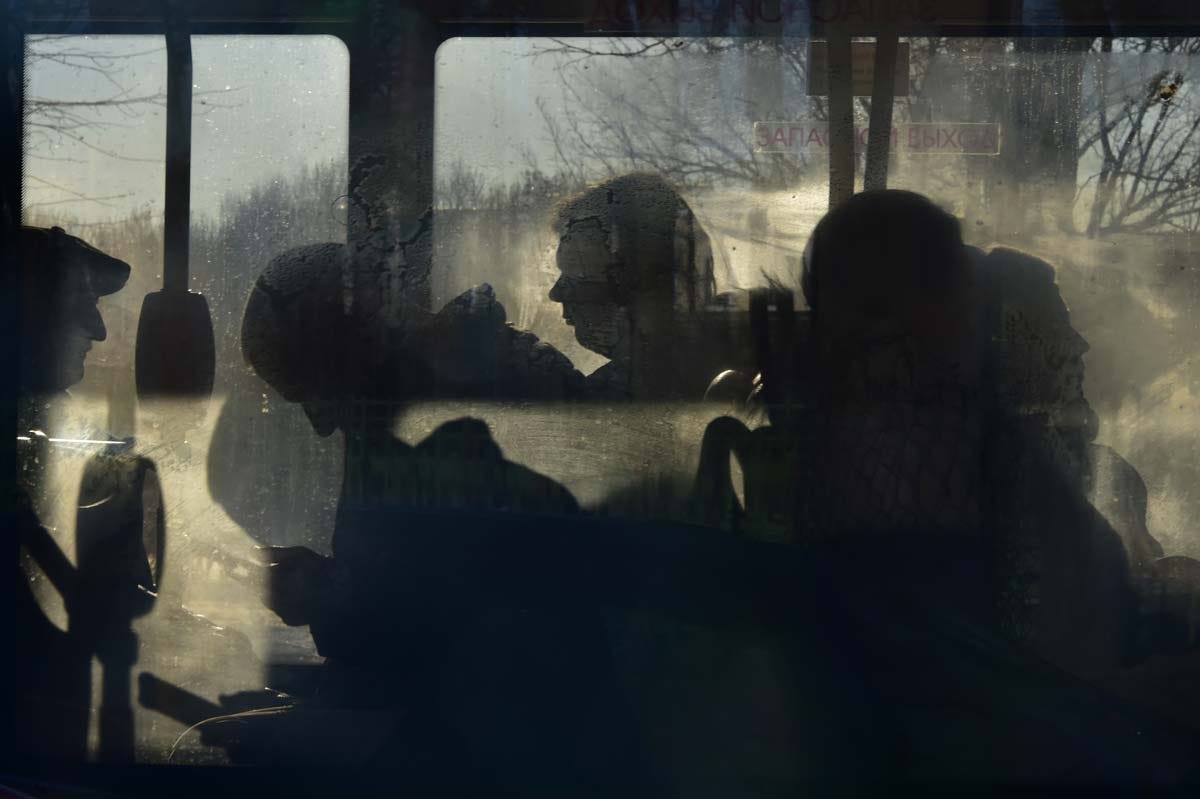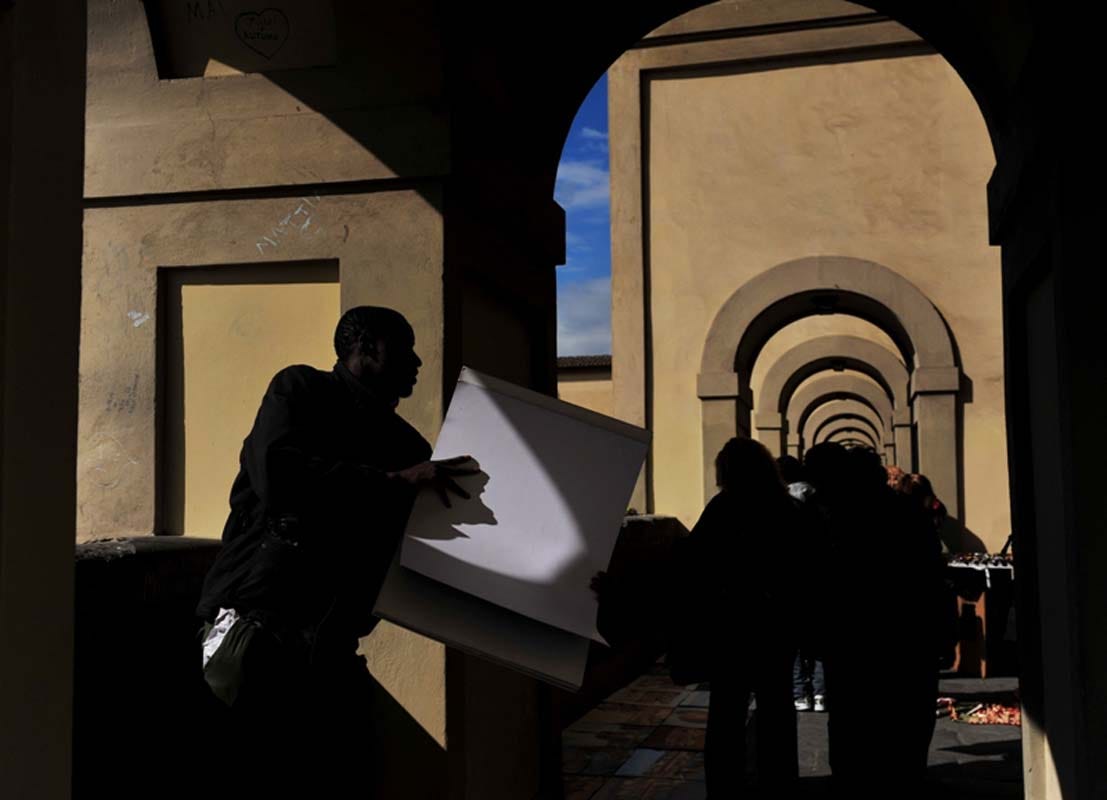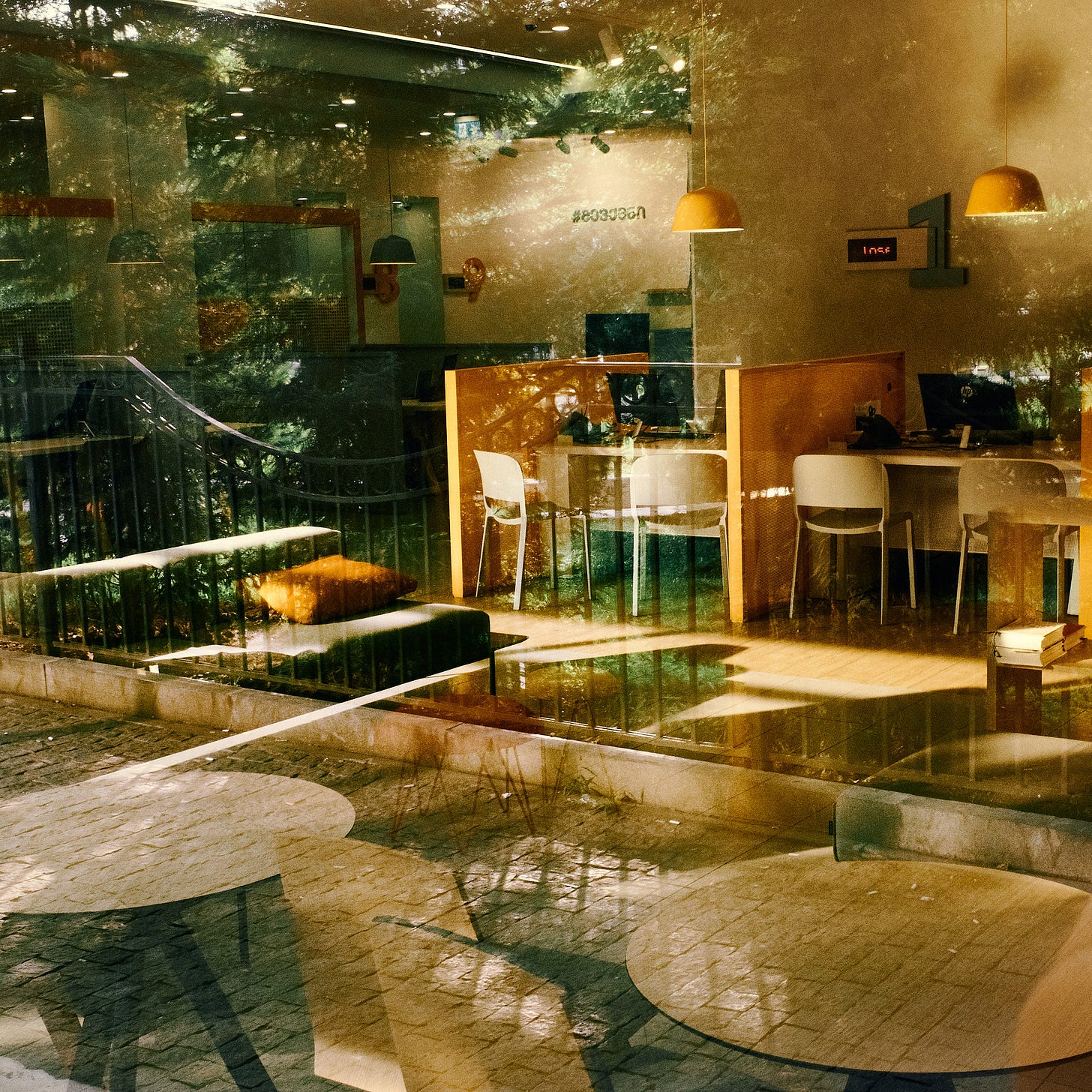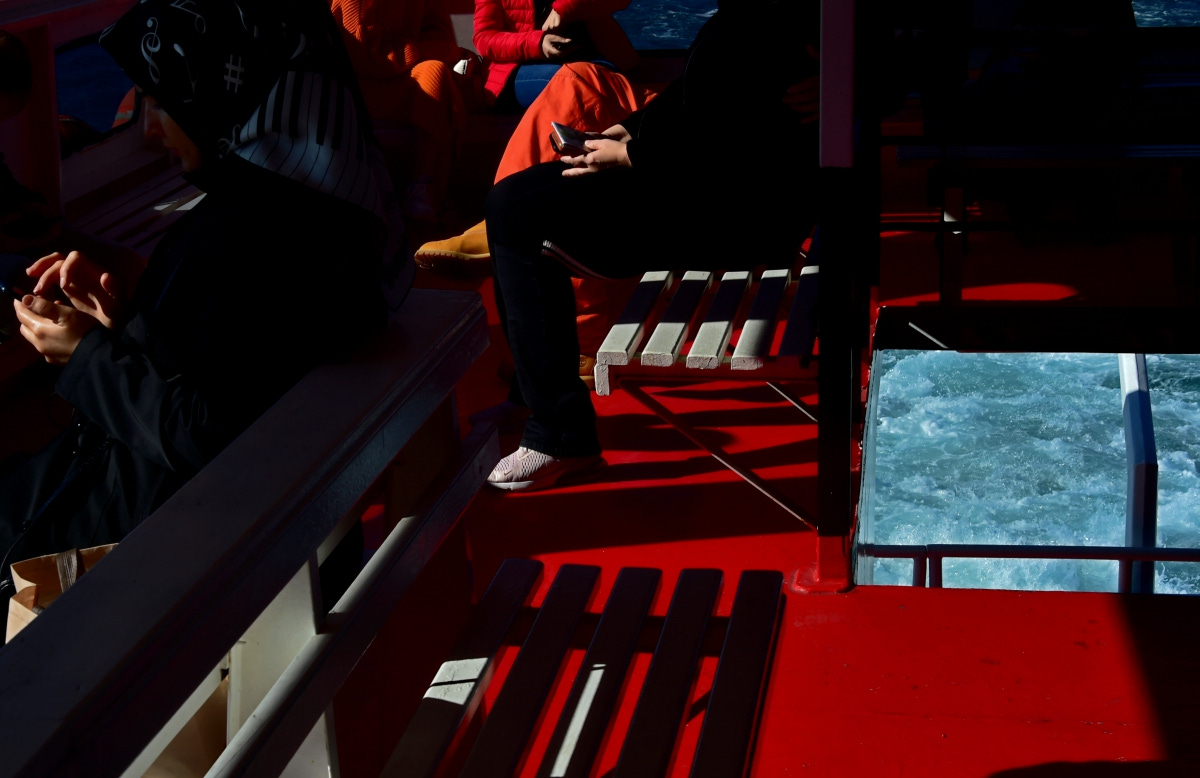Some days ago, I had the enormous privilege of meeting Irina Sokolova, a Russian photographer from St. Petersburg who is now living temporarily in Georgia due to geopolitical reasons. I got to know her work recently through a good friend of mine who mentioned she was currently living in Tbilisi. Since I am here, I didn’t hesitate to contact her, hoping to have a little chat, get to know her, and maybe share a walk. Thankfully, she agreed!
We talked and discussed many topics, from music to photography, sharing our experiences of living abroad and our love for light. Among these topics, a recurrent theme came out: how different forms of art intertwine with each other. Art is a wide spectrum, and concepts like contrast, balance, weight, texture, and more all play a role in things that might not seem connected.
“Music is liquid architecture; Architecture is frozen music.”
―Johann Wolfgang von Goethe
For instance, just as an architect designs a building, a composer creates a piece of music with a specific structure. Both music and architecture have rhythm and harmony in their design.
However, there are clear differences: while music's structure is not static—it develops and is experienced over time—architecture is static and tangible. A building has a fixed form and structure that can be seen and touched.
Take what I am saying with a pinch of salt, as all this is relative, and there are countless examples that break these conventions.
As absurd as it might “sound”, there is a John Cage’s piece called 4'33'' in which a performer, or even a full orchestra as you can watch in the video on top, remains silent for four minutes and thirty-three seconds.
This piece plays with our awareness. Even while silent and seemingly “static,” it has a rare sense of fluidity, as little by little every sound in the environment starts becoming part of the performance. By the way, all the silences are written in the partition, so 4’33’’ is structured yet random at the same time. This is something hard to put into words.
The conversation continued, and we talked about our homeland photographers—Gueorgui Pinkhassov from her side and Sergio Larrain from mine. To my surprise, she studied with Pinkhassov at the beginning of her journey, and I can see his influence in her work, especially in the way she approaches photography.
Irina shoots with a Nikon D4s and a 28-300mm zoom lens. She considers this setup as freedom because she can compose whatever comes to her mind. Personally, I could not use such a setup; I much prefer prime lenses, as not having to choose a focal length on the fly is “my” freedom.
This goes even beyond that—she shoots fully automatic and in JPEG, letting the camera do a lot of the work. In my case, I’m obsessed with having full control of the camera.
I feel like a jazz musician when I’m out walking the streets, even though I’m improvising in the moment. There’s a sense of structure and rhythm guiding my steps, much like how a jazz musician feels the beat and the flow of the music. This sense of structure helps me navigate the uncertainty of the streets, turning each moment into a dynamic, yet organized experience. Maybe I should focus more on how the experience feels, focusing on the way a given moment connects with my subconscious.
What blew my mind was when I asked her:
“If you had to put into one word your style, or what you’re looking for through your photography,
or what inspires you…
What would it be?
For example, I look for ‘moments.’
What do you look for?”
She replied: “I look for things that can’t be verbalized.”
My brain: BOOOOM!
Meeting Irina Sokolova was an inspiring experience. Irina's approach reminds me that art is about exploration and breaking boundaries. Her perspective—that the most meaningful parts of her work can’t be verbalized—is going to leave a long impression on me, and it’ll inspire me to look for the indescribable in my own creative journey.
Here’s a pic I took some days ago, inspired by her.
I highly recommend looking for her on social media and visit her website.
Irina's Instagram
website
My blog will always remain free for everyone to enjoy!
If you appreciate my content and would like to support my work, consider subscribing and sharing my work.
Also, consider joining any of my upcoming street photography workshops or purchasing my street photography e-zine “Understanding Colour”
Only one spot left in the two days WS (5th and 6th of October)
Your support means a lot and helps me continue creating content.
Thank you for being a part of this journey!
You can also make a one-time donation here!
Until the next time, Cheers!










Didn’t know her, very interesting word and article. Thx for sharing!
I think shooting with a zoom lens is a challenge, because you also think about the focal length. I do that as a brain exercise.
I understand that Pinkhassov doesn't think when he uses the zoom lens and does everything relying on his instincts, but it's a completely different approach different from mine. Photography can be done in so many different ways and that's amazing.